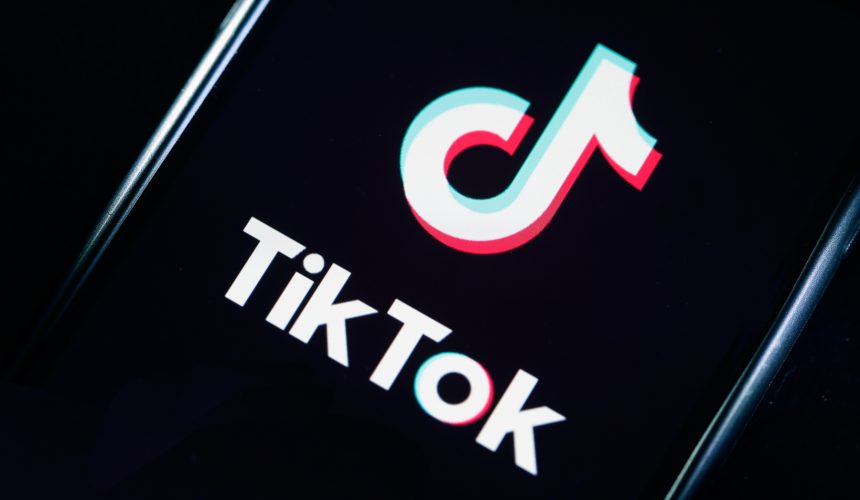By Abimbola Mohammed
As technology evolves continually so are businesses following trends to stay in the faces of their target audience. When the COVID-19 pandemic struck between 2019 & 2021, one of the business segments that were affected and quickly jumped on innovation was the Quick Service Restaurant (QSR). As a result of restrictions of movement, there was a huge challenge preventing supply chains from reaching their customers.
Players in the food service segment innovated during the pandemic by deploying smart means of delivering their services at customers’ door steps. This involvement led to the likes of Uber food, Glovo, Jumia foods etc, that are now leveraging their innovation to enhance productivity and stay in the faces of their customers.
According to a global report by ResearchandMarket.com, the global online food delivery services market will grow from $128.32 billion in 2022 to $143.05 billion in 2023 at a compound annual growth rate (CAGR) of 11.5%. Also, the online food delivery services market is expected to grow to $159.46 billion in 2027 at a CAGR of 2.8%.
Furthermore, the report assesses the consequences of supply chain disruptions following the Russia-Ukraine war and the global economy heading for possible stagflation on the metaverse adoption, and how it will influence foodservice innovation in the years ahead.
The report also provides an overview of how foodservice companies are entering the metaverse and how it is used for their business strategies.
Scope
Most of the foodservice use cases involve gamification whose rewards can be then redeemed for real food in restaurants. Food brands leverage the metaverse to foster their relationship with users in a virtual environment, advertise themselves, and then capitalize on it when consumers spend their earned promotions at real-life restaurants
Under the current economic circumstances, the metaverse adoption in the foodservice sector will be delayed. In addition to this, publisher data shows that food brands’ metaverse hype had already started to wane in 2022
Reasons to Buy
Gain insight into the latest metaverse trends in the foodservice sector
Identify how foodservice companies are adopting the metaverse in their business strategies
Uncover the foodservice companies excelling in metaverse adoption with the publisher’s thematic scorecard. Understand competitor activity and positioning in the metaverse theme with extensive coverage of leading companies’ activity.
Some of the selection of companies mentioned in the report includes
Domino’s, McDonald’s, Seven & I Holding (Seven Eleven), Starbuck, Jollibee Foods etc,.
In another development, Statista, a global research website, reports that the revenue in the Online Food Delivery market is projected to reach US$1tn in 2023. Revenue is expected to show an annual growth rate (CAGR 2023-2027) of 12.78%, resulting in a projected market volume of US$2tn by 2027.
While revenue in the food market amounts to US$9.4tn in 2023. The market is expected to grow annually by 6.72% (CAGR 2023-2028).
The market’s largest segment is the segment Confectionery & Snacks with a market volume of US$1.7tn in 2023.
In global comparison, most revenue is generated in China (US$1,492bn in 2023). In relation to total population figures, per person revenues of US$1,218.00 are generated in 2023. In the Food market, 3.7% of total revenue will be generated through online sales by 2023. In the Food market, volume is expected to amount to 3,117.0bn kg by 2028. The Food market is expected to show a volume growth of 4.3% in 2024 and the average volume per person in the Food market is expected to amount to 340.70kg in 2023.







Comment
No comments found.